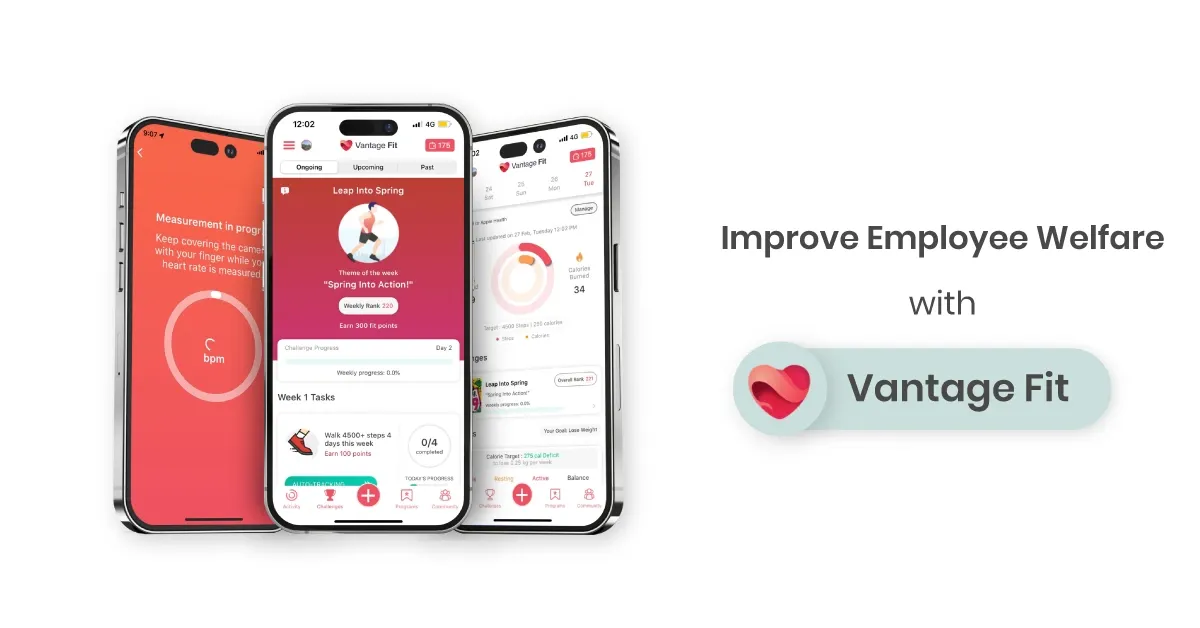Employee Welfare: Meaning, Importance, and How to Improve It

Employee welfare refers to the broad range of benefits and services provided by an employer to promote the well-being of its employees.
This can include both physical and mental health services, such as health insurance, dental and vision care, life and disability insurance, and access to wellness programs like fitness centers or on-site daycare. Additionally, employee welfare covers financial benefits like 401(k) plans, paid time off, and subsidized meals.
The main goal of employee welfare is to make workers happy and productive. It helps improve morale and creates a better company image. Offering good welfare programs can also reduce the costs of hiring new employees and improve retention.
The International Labour Organization (ILO) says employee welfare is about improving workers' working and living conditions. Even if not required by law, these services help people feel safe and respected at their jobs.
Some companies excel at employee welfare. For instance, Google provides free meals, wellness programs, and more, creating a work environment where employees thrive and are more productive. On the other hand, Tata Motors used Vantage Fit to run wellness programs that improved fitness, mood, and health tracking for their teams. They achieved a healthier, more engaged workforce that contributed positively to the company's bottom line.
What Are the Types of Employee Welfare?
Employee welfare can be split into three main types:
1. Statutory Welfare

Statutory welfare refers to the benefits that the government requires employers to provide. These include minimum employee safety and well-being standards, like first aid kits, safe working hours, proper sanitation, and more. These services are non-negotiable and mandated by law to protect workers.
Examples:
- Health and safety rules (like OSHA standards)
- Mandatory rest breaks
- Maternity leave
2. Voluntary Welfare
Voluntary Welfare are benefits employers choose to offer, even though they are not required by law. These perks show a company's commitment to its employees' well-being and can help attract and retain talent.
Examples:
- On-site gyms
- Wellness programs
- Subsidized meals
- Flexible remote work policies
3. Collaborative Welfare

Collaborative welfare schemes are collaborations between employers and employees. Both parties share responsibility for organizing and contributing to these benefits, such as cooperatives or profit-sharing plans.
Examples:
- Employee-run cooperatives
- Profit-sharing plans
- Mutual benefit funds with company contributions
Why is Employee Welfare Important?
Prioritizing employee welfare isn't just about ticking boxes; it's about fostering a thriving, committed workforce. When employees feel valued and supported, remarkable things happen.
1. Boosted Productivity
Happy employees are productive employees. It's simple math: when people are content and healthy, they perform better. According to the World Health Organization, workplaces prioritizing well-being see a 20% increase in productivity.
2. Higher Employee Retention
Turnover is costly. Retaining experienced staff saves time and money. Employees who feel their welfare is prioritized are less likely to jump ship. Workers who feel cared for are 69% less likely to seek new job opportunities.
High levels of employee satisfaction directly correlate with more substantial retention rates.
3. Enhanced Job Satisfaction

Employee morale soars when they are satisfied with their work environment and benefits. High morale leads to better job performance, increased motivation, and a positive workplace culture.
4. Attraction of Top Talent
A strong reputation for employee welfare attracts high-quality candidates. Talented individuals seek employers who offer comprehensive benefits, work-life balance, and a supportive environment.
5. Positive Work Environment

A focus on welfare fosters a positive work culture. When employees feel valued, it creates a ripple effect, promoting collaboration, respect, and a shared commitment to organizational goals.
6. Reduced Absenteeism
Investing in employee well-being leads to healthier staff, which means fewer sick days. Healthier employees are more engaged and present, contributing to a more stable and efficient workforce.
Global Employee Well-being: Satisfaction Rates
According to a recent global survey compiled by Market.us Media using Statista data, employee satisfaction with their well-being varies by country:
- Brazil: 64%
- United States: 56%
- India: 55%
- China: 53%
- Australia: 52%
- France: 51%
- United Kingdom: 50%
- Germany: 47%
- Japan: 46%
These statistics highlight the importance of tailoring employee welfare programs to meet diverse workforce needs worldwide.
How Vantage Fit Can Improve Employee Welfare

If your organization is looking for a scalable solution that aligns with your goals for employee welfare, Vantage Fit is the answer. Features like fitness tracking, wellness challenges, and mental health support keep employees engaged and motivated. By providing valuable insights into employee health, Vantage Fit helps employers refine programs for better outcomes and improved retention.
Act today and discover how Vantage Fit can boost your employee welfare programs. Request a demo now to see how it works!
Organizations worldwide have already embraced Vantage Fit to transform their workplace wellness programs. For instance, the Global Corporate Virtual Walkathon 2021, hosted by Vantage Fit, saw participation from over 3,600 individuals across 24 countries, a testament to its ability to inspire healthier lifestyles on a global scale.
FAQs

1. What are some employee welfare benefits plans?
Employee welfare plans include health insurance, paid time off, wellness programs, and on-site childcare. 419(E) plans offer tax benefits for both employees and employers to help improve overall well-being.
2. What kind of questions are in an employee welfare questionnaire?
- Are you happy with your health benefits?
- Do you feel your work and personal life are balanced?
- How safe do you feel at work?
- Do wellness programs motivate you?
- What other benefits would you like?
Employee Wellness Survey tools ask these questions to understand employees' feelings.
3. How do we promote staff welfare?
Promote staff welfare by offering good benefits, helping employees balance work and life, and supporting mental and physical health. Make sure to keep improving welfare programs.
4. How do employers check the welfare of employees?
Employers can check employee welfare by using surveys or talking to employees one-on-one to see how they feel and if they need support.
5. Is employee welfare the same as employee wellness?
No, employee welfare includes benefits like insurance, while employee wellness focuses on health programs for physical and mental well-being. Read more in our employee wellness article.
6. What are some employee wellness programs?
- On-site gyms or gym memberships
- Mental health support programs
- Healthy meal options
- Flexible work hours
- Stress management workshops
- Employee Wellness Programs help improve health and morale at work.
7. Are employee benefits the same as staff welfare?
No, employee benefits include health insurance and paid leave. Staff welfare includes those benefits, plus other things like safe working conditions and work-life balance.




